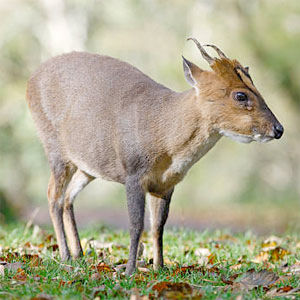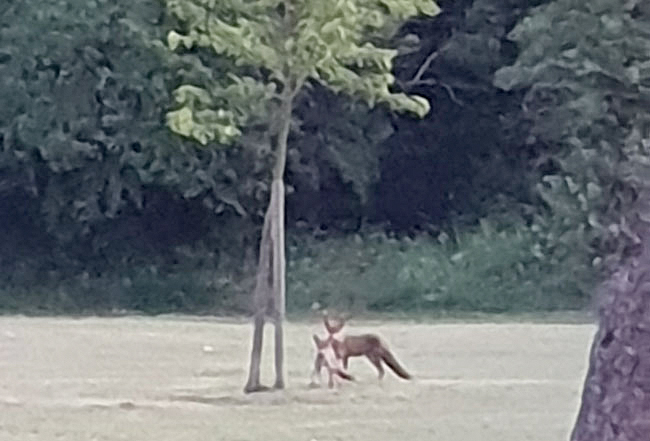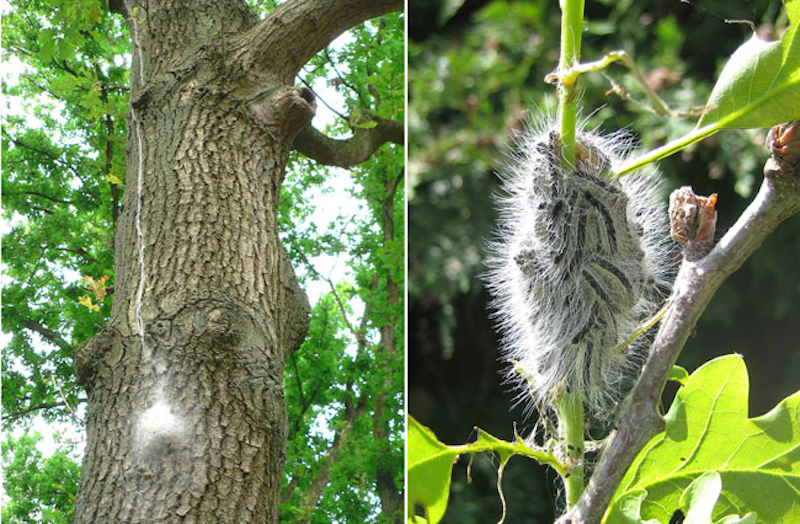
Earlier this year, some visitors to the Heath will have heard a woodpecker and word of a nest soon got around in May. This bird chose to make use of a hole in an ash tree and if you look carefully at the photo you will see one of the young looking out. With a large powerful beak, it looks like a great spotted woodpecker.
Remarkably, it stayed in place when a very large branch fell off the tree, which has now been cut up. The young birds have now fledged.
Photo: Keith Morgan




